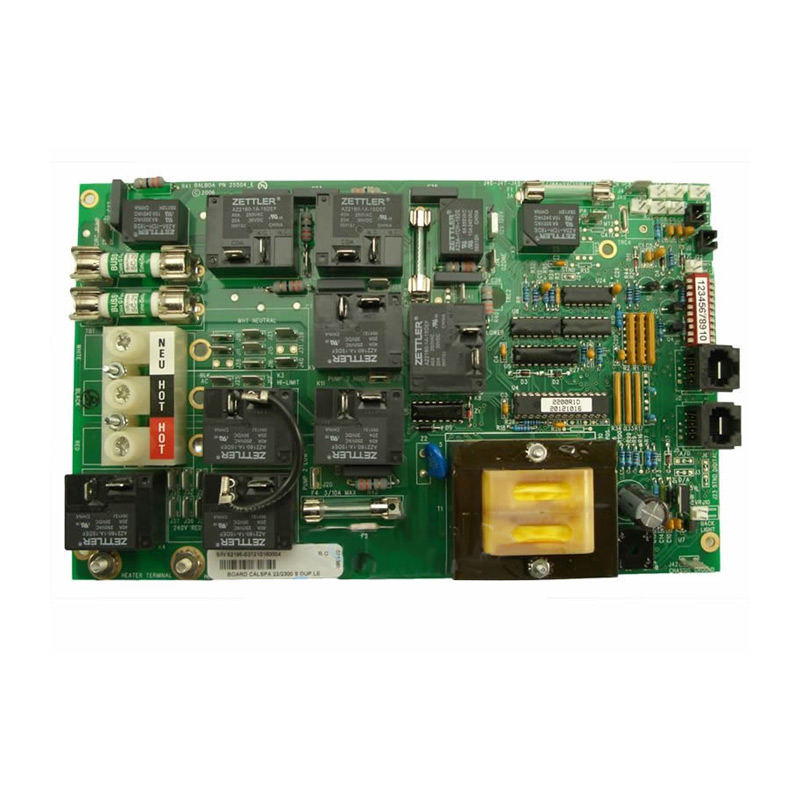

The Aesthetics and Benefits of Frosted Glass Treatment
Frosted glass is a popular design element in both residential and commercial spaces. With a unique blend of aesthetics and functionality, it has become an increasingly favored choice for architects and interior designers. This article explores the various types of frosted glass treatments, their benefits, and how they can enhance both privacy and elegance in various settings.
Understanding Frosted Glass Treatment
Frosted glass treatment involves the process of creating a translucent finish on glass surfaces. This can be achieved through several methods, including sandblasting, acid etching, or applying a vinyl film. Each approach results in a beautifully diffused glass surface that allows light to pass through, while obscuring visibility.
1. Sandblasting This method involves propelling fine particles at high speeds against the glass surface to create a frosted finish. It is ideal for creating custom designs or patterns, thus allowing for a unique artistic touch. 2. Acid Etching In this technique, hydrofluoric acid is used to etch the surface of the glass. Acid-etched glass offers a more permanent and uniform appearance, making it a popular choice for many interior applications.
3. Vinyl Film Application Frosted vinyl is a cost-effective alternative that can be applied to existing glass surfaces. It is versatile and can be easily removed or replaced, making it suitable for temporary solutions or customizable designs.
Aesthetic Appeal
One of the primary reasons for the popularity of frosted glass treatment is its aesthetic appeal. The soft, ethereal quality of frosted glass can transform a space, softening harsh lines and adding a sense of tranquility. It is commonly used in areas where a full view is not necessary but some natural light is desired, such as
- Office partitions Frosted glass creates open yet private workspaces, promoting collaboration while offering employees a degree of seclusion. - Bathroom privacy Using frosted glass for shower doors and windows provides privacy without sacrificing natural light, creating an inviting and spa-like atmosphere.

- Decorative elements Frosted glass can be used in decorative features, such as light fixtures or cabinet doors, adding a modern touch to home decor.
Functional Benefits
Beyond its aesthetic charm, frosted glass treatment offers several practical advantages
1. Privacy The primary benefit of frosted glass is its ability to obscure visibility, providing privacy without completely blocking light. This makes it ideal for various applications, such as in homes, offices, or public restrooms.
2. Light Diffusion Frosted glass helps in diffusing light, creating a soft ambiance in a space. This reduces glare and harsh shadows, making it a perfect fit for areas like conference rooms or dining areas.
3. Versatility Frosted glass can be incorporated into a wide range of design styles, from modern minimalist to traditional. It can also be adapted to different spaces, whether as windows, doors, room dividers, or decorative panels.
4. Easy Maintenance Frosted glass surfaces are typically easy to clean and maintain. There are various cleaning solutions available that can help preserve the clarity and texture of the frosted finish.
Conclusion
Frosted glass treatment is much more than a design trend; it is a practical choice that harmonizes aesthetics and functionality. Whether used in homes, offices, or commercial spaces, frosted glass can enhance visual appeal while providing necessary privacy and light diffusion. As the demand for more open, airy environments in architecture continues to rise, frosted glass will undoubtedly remain a staple in innovative design solutions. Choosing frosted glass is not just about aesthetics; it is a decision that enriches spaces while offering a serene and inviting atmosphere.